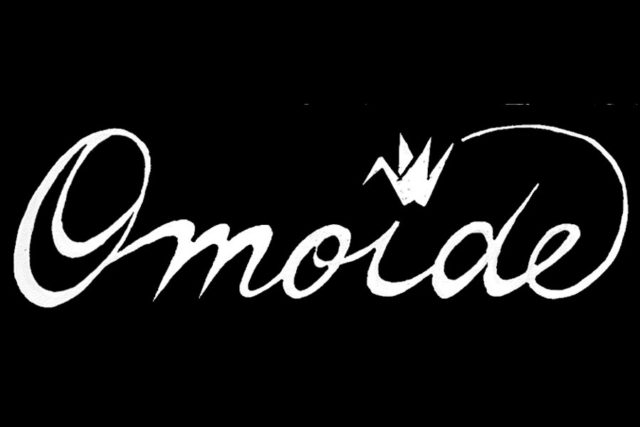by Joe Abo, For the North American Post
Selleck is located about 30 miles east of Kent, Washington. According to Wikipedia it was established in 1908 by the Pacific States Lumber Company under the supervision of Frank Selleck, an experienced lumberman. Frank had a Japanese houseboy whom he brought with him to Selleck and it is thought also a number of other Japanese laborers from his former lumber mill. The town eventually grew to a population of 900 working three shifts a day during its heyday. In 1920, the census reported there were 147 Japanese men, women, and children living in Selleck. More Japanese came to Selleck when the mill on Bainbridge Island closed and in 1923 after the great Kanto earthquake in Tokyo which required lumber for rebuilding the city.
Selleck is also the the town where my father Tadayasu was born in 1911 so I wonder if my grandfather was one of the original Japanese crew that came with Frank Selleck? There is a 1924 photo of the Japanese community posing on a bank next to a railroad track. The caption points out that the foreman of the Issei, Mr. Abo, was sitting in the middle of the group with a child in his lap. It was said that he spoke English and was a liaison between the company and Issei. However my father had said that he went to Japan in 1918 with his parents when he was 7 years old. So who was the Mr. Abo in the photo?
There are photos of the Japanese homes in the area near the mill locally called “Jap Town”, showing wooden houses built along a railroad track against a background of tree stumps and branchless trees. We have a photo of one house with a sign above the porch reading “Abo Laundry”. I was told that my grandmother did laundry for the bachelors in the community so that must have been her sign.
Today all that remains of the Selleck mill are the two story brick school building, ivy covered remnants of the concrete walls of the power house, parts of the cylindrical wood waste incinerator, and moss and fern covered concrete foundations of the mill complex.
Joan Seko, Dee Goto, my sister Nancy, my wife Mary, and I visited the site in the summer two years ago. The description above the mill remnants was taken from photos at a website entitled “Ghost Towns of Washington”. We were not able to go the old mill site as the road was blocked off by a cable. We did see the school building still there surrounded by a chain link fence. It seemed to be intact but the windows were painted over on the inside so we couldn’t see the interior. It was said that it had been a museum with artifacts found around the mill site. It was also said that a man was living there although as we looked from the street, it seemed to be abandoned. There were several homes in the area that looked to be of the mill day’s era but they looked well maintained and were occupied. There were people sitting on the porch of one of the homes and I asked them if they knew any history of Selleck. I told them that my grandfather had worked at the mill and I was interested in its history. One of the ladies there gave me a website address where there are articles and photos of Selleck in its heyday. That was where I found the photo of the Japanese community with the caption “Mr. Abo with a child in his lap”. I am pretty certain he is at least a relative, if not my grandfather, as Abo is not a common Japanese name. I must to do more research.
Joe Abo of Bremerton, is a retired federal engineer. He grew up on an oyster farm near Olympia and is a graduate of the University Of Washington. He and wife, Mary, are longtime members of the JCCCW’s Omoide writing group.







